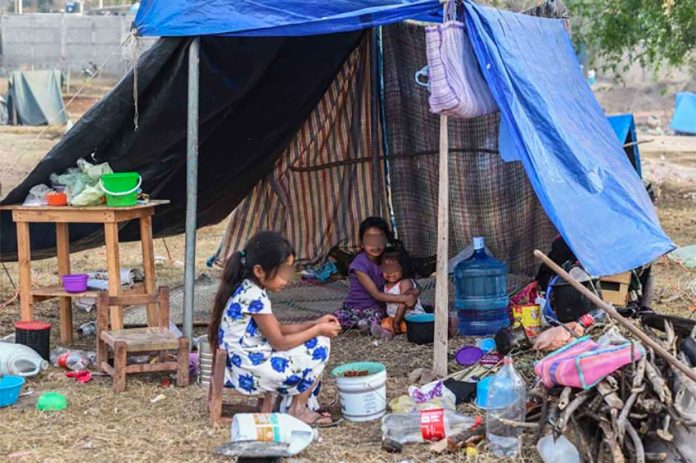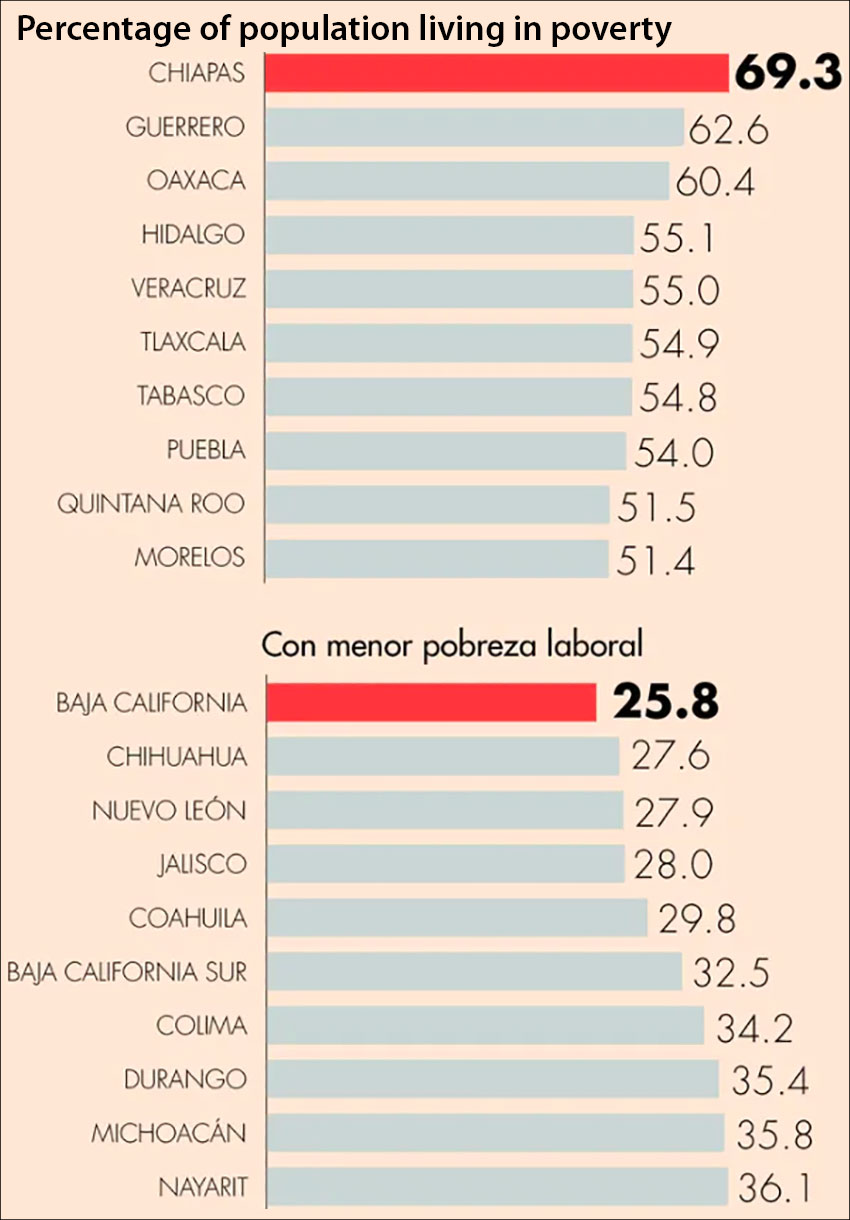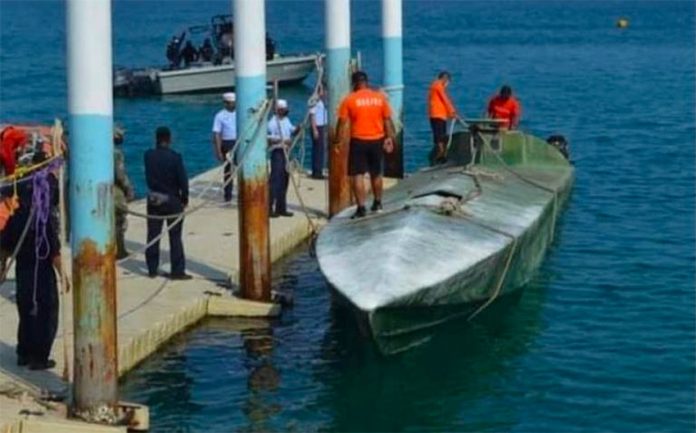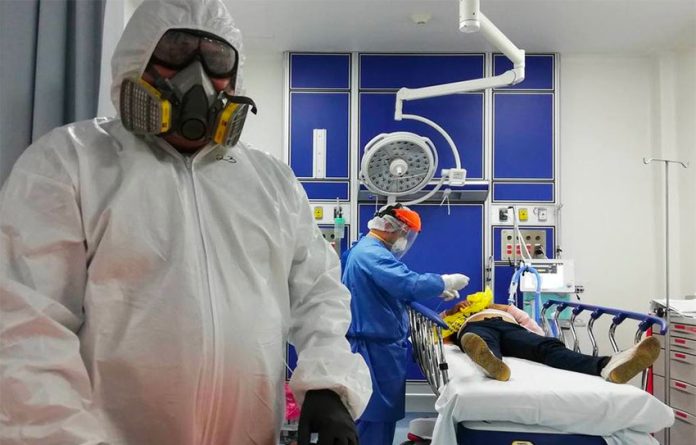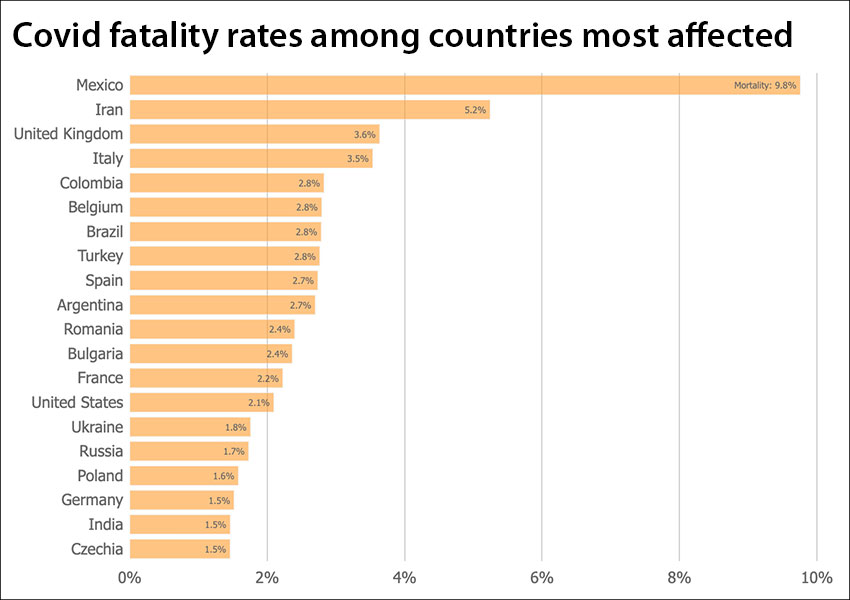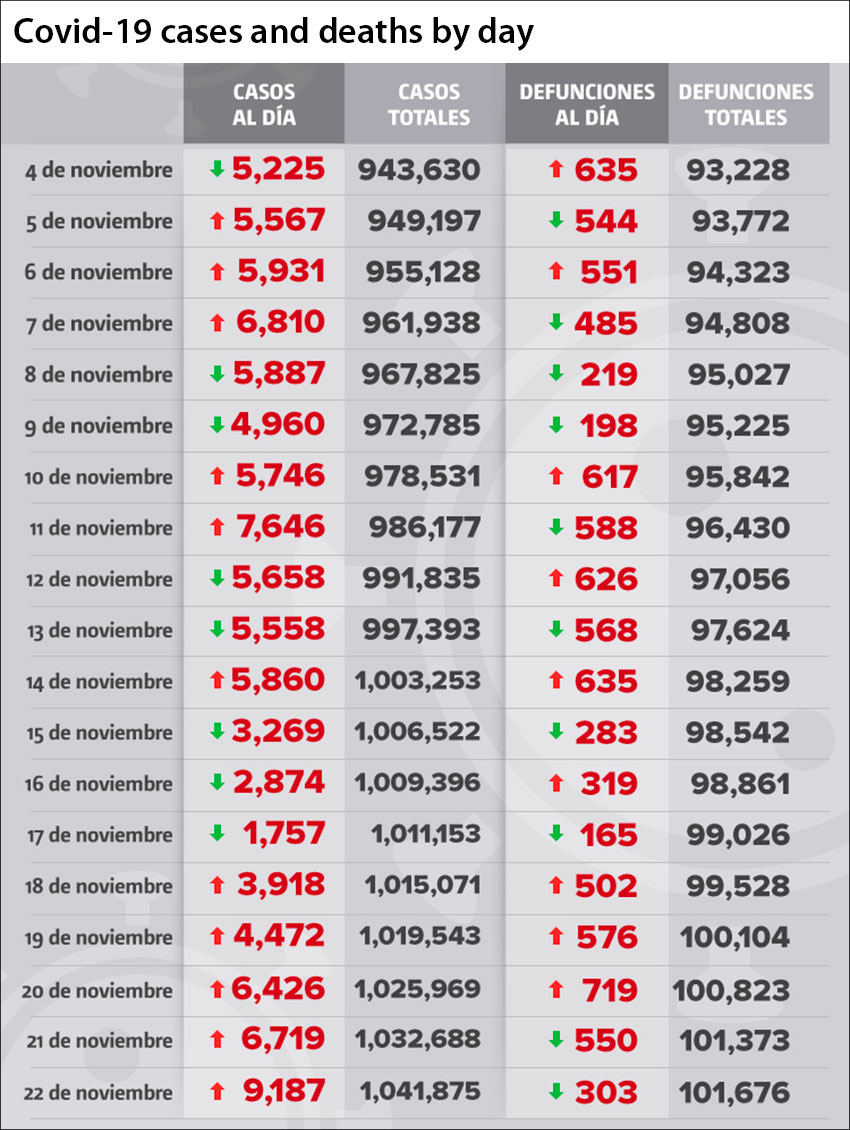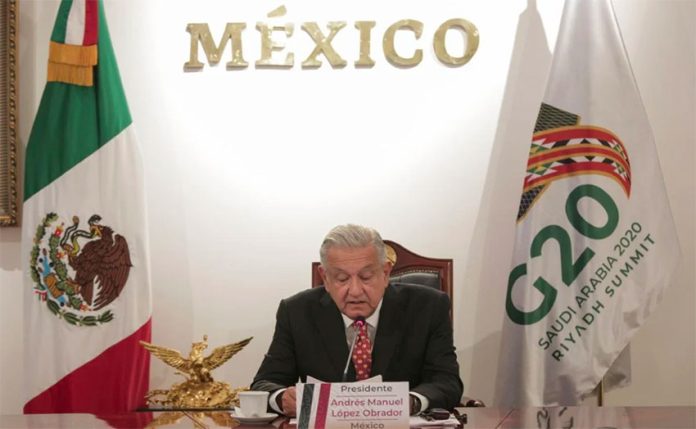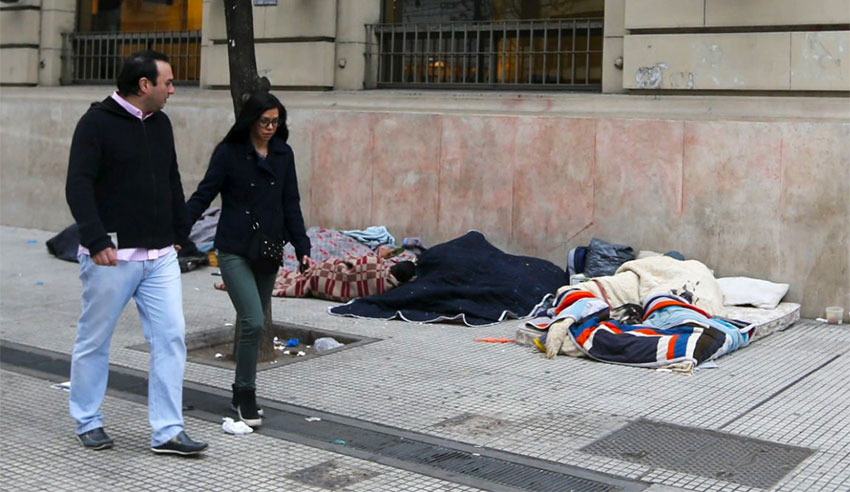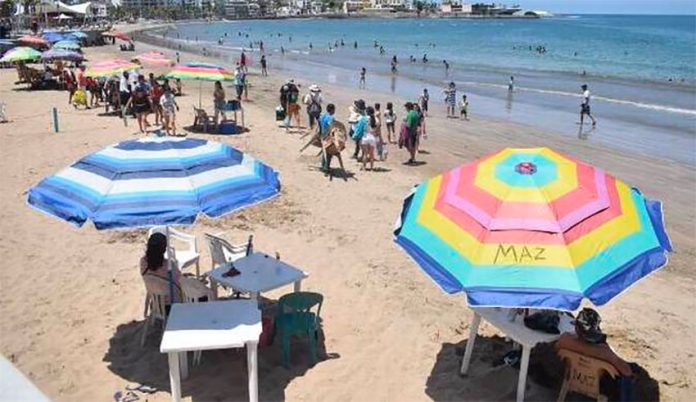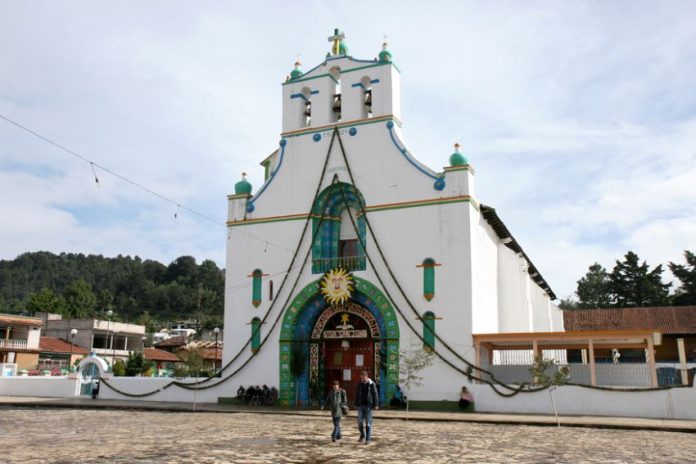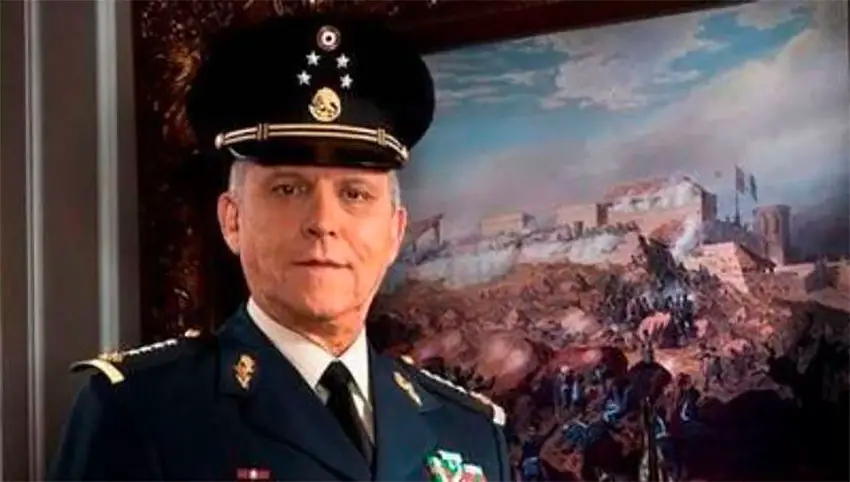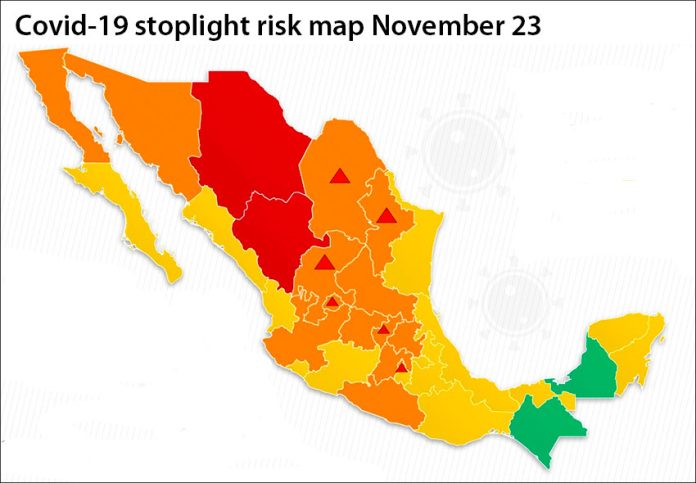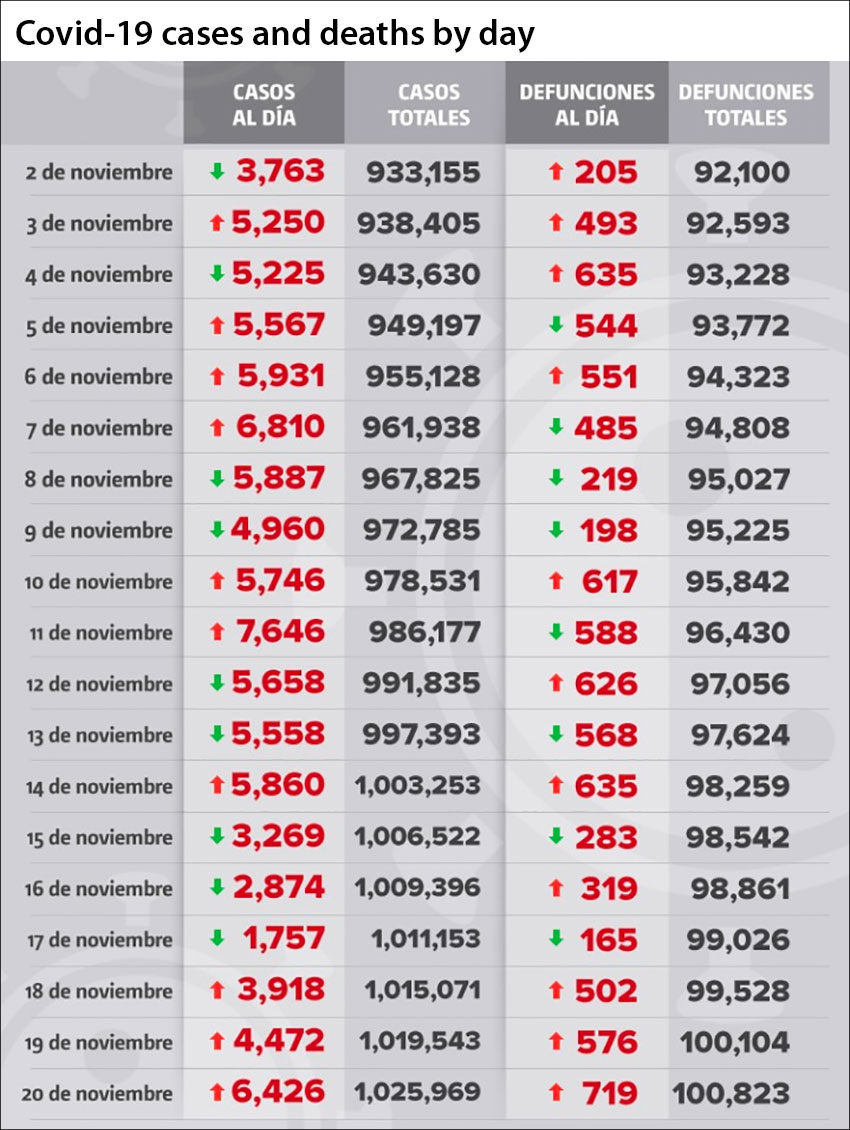Mexico is one step closer to becoming the world’s largest legal marijuana market after the Senate passed a bill last week to legalize the recreational use of the plant.
Eighty-two senators voted in favor of the legalization of pot while just 18 voted against it. The bill now needs to be approved by the lower house of Congress to become law.
That is expected to occur before a December 15 deadline set by the Supreme Court, which ruled last year that laws forbidding the use of marijuana are unconstitutional.
Most lawmakers with the ruling Morena party, which has a majority in both houses of Congress, as well as some from opposition parties support the legalization of marijuana so the bill’s final passage is expected to be a mere formality.
With a population of almost 130 million, Mexico would become the most populous country in the world to legalize the recreational use of marijuana nationwide.
The bill passed by the Senate allows the possession of up to 28 grams by adults but they would be prohibited from smoking in front of children. People would be permitted to grow up to six plants at home and a licensing system for large-scale production and sale would be established.
One critic of the bill is the Catholic Church. The Archdiocese of Mexico said in a statement on Sunday that the lower house of Congress should modify it to “emphasize health and public safety.”
“The bill that was approved does not address the health damages that arise from an ever increasing use of marijuana, does not address the effects on families due to young people’s consumption of drugs, and does not contribute to reducing and inhibiting exposure to drugs,” the council said.
“Public health and welfare are no longer the priority,” the bishops said, charging that the bill cedes to “the tastes of individuals, even though they may damage others.”
The council also said that “the demands for irresponsible liberty for a few are placed above the common good and health.”
Although the bill received strong support in the Senate, not all pro-cannabis senators were happy about it.
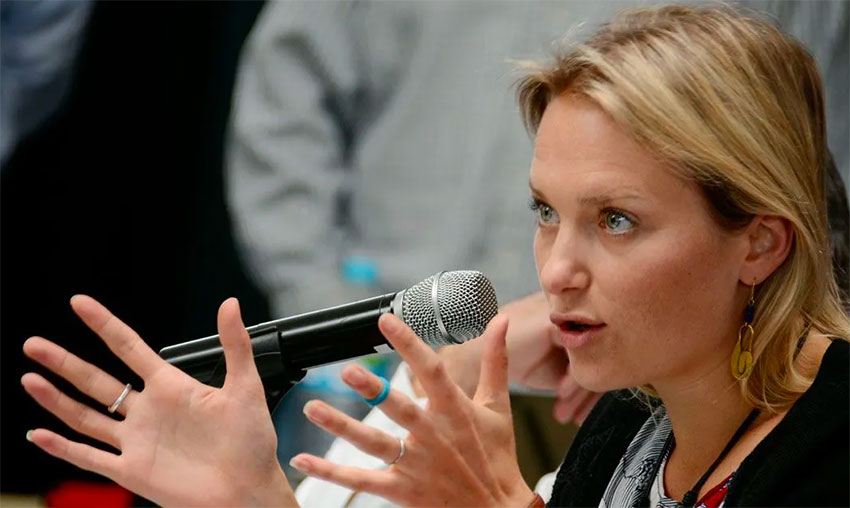
The day before it was approved, Emilio Álvarez Icaza, an independent, and Indira Kempis Martinez of the Citizens Movement party, held a bizarre press conference to announce that they would vote against the bill.
Appearing alongside the senators at the press conference in an outdoor patio of the Senate was prominent marijuana activist José Rivera, who compared prohibition to a “subtle holocaust” over the past century and asked for forgiveness from the Jewish community.
He compared to the federal government to Nazis because the legalization bill requires licenses to be obtained in some instances and doesn’t allow smoking in public places.
A live stream of the press conference on the official Twitter account of the Senate was abruptly cut off when Rivera lit a joint.
Although his remarks were not entirely coherent, Rivera’s protest “reflected a growing dissatisfaction with the bill,” Vice News said, noting that it has been revised on numerous occasions in recent weeks and months.
Zara Snapp, a pro-marijuana activist and co-founder of the Mexican research and advocacy organization Instituto RIA, said that “Mexico has taken a historic step in the right direction” in moving to legalize recreational pot.
But she added that “we are passing a law that does not fully decriminalize the activities related to the plant before regulating it.”
Snapp said that some aspects of the bill, including limits on the number of plants people can grow at home and where they can smoke, constitute a restriction on rights.
Some advocates of legalization argue that changes to the bill were designed to make it more favorable to wealthy Mexican investors and large foreign marijuana producers interested in entering a new, large and potentially very lucrative market. According to Vice News, the advocates say there will be limited business opportunities for “humble marijuana-cultivating communities, small Mexican entrepreneurs, and local home aficionados.”
Snapp highlighted that there was a late modification to the bill which removed limits on “vertical integration.”
The bill had stipulated that businesses could only be licensed to participate in one of four parts of a legal cannabis industry – cultivation, transformation, research or commercialization. Only poor residents of communities who have long grown marijuana would be eligible for multiple licenses.
However, as a result of a last-minute modification, everyone – even big businesses – will have the opportunity to participate in multiple parts of a legal weed market.
Additional addendums could be made to the bill before the Chamber of Deputies votes on it but that would appear unlikely because a new vote would also be needed in the Senate.
Nevertheless, Snapp said that “we will continue to push for this to be a better bill until the last moment,” adding “then we will work on the implementation.”
“[We] believe that drug policy reform is one of the crucial steps towards peace building in the country,” she said. “And if we do it with a social justice focus it will have the impact that we all desire here in our country.”
Source: Vice News (en), The Associated Press (en)

